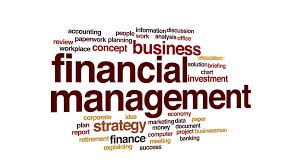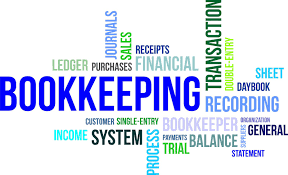File Returns or else….
Having received SARS’ current press release declaring non-submission of tax returns a crime, I realised it is quite possible to live an innocent life without stealing from anyone but find oneself at the wrong end of the law. SARS declares that the courts would declare one guilty by omission if they fail to file their tax returns. Unlike Spain, the United States and other nations; South Africa has never had any high-profile cases of non-compliance with local tax laws.
When we think of tax crimes globally, high profile names in sports and the entertainment world come to mind. Like Wesley Snipes, who failed to submit tax returns from 1999 to 2001. This resulted in the fiscus being deprived of US$7m in taxes, resulting in a three-year jail sentence. Other high profile individuals who were convicted for failure to file tax returns are Jeffrey Atkins (famously known as Ja Rule), Joseph Cartagena (Fat Joe), Dolce & Gabanna (exonerated in 2013) e.t.c resulting in huge fines and prison sentences.
In SARS recent press release they explicitly declare the criminality of failing to submit tax returns and that they have engaged the National Prosecuting Authority in order to facilitate the prosecution of would-be offenders. This could be an individual who fails to submit their returns may end in prison or being fined; resulting in a criminal record. This would affect several professionals whose occupations require that they should not have criminal records. SARS also fired warning shots at prominent South Africans who have not filed their tax returns. It is clear that they are not too far from the reach of the long arm of the law.
These far-reaching measures were necessitated by an increase in non-submission of tax returns. At the end of March 2018, SARS’ Outstanding Returns Book showed that 30 million returns were outstanding from active taxpayers. SARS did emphasize that criminal prosecution will be applied as a last resort; after all other measures to ensure compliance have been exhausted. All the individuals who will appear in court have been engaged beforehand and had been issued with final demands. A good example of the conviction of Mr S. Ragunat in Port Shepstone. As a representative of SPS Distributors, he paid an R5,600 fine for the non-submission of 50 tax returns for VAT, PAYE and Corporate Tax. He has since complied.
Going forward, it is prudent to ensure all tax returns are filed on time and to work towards filing any outstanding returns to avoid prosecution. It appears SARS phone calls on outstanding returns and final demand notices can no longer be taken lightly. The grey-area has always been for those below the income tax thresholds and companies registered for PAYE but currently, do not have employees. For the former, it is advisable that you file tax returns regardless of your income to avoid SARS penalties as what happened last year. It will be difficult 3 or 4 years later to prove to SARS that you were below the tax threshold as the documents may no longer be accessible. If the company is registered for PAYE and currently has no employees, it is advisable to continue filing nil returns until the position changes for the company. As for those who chose to bury their heads in the sand and complicit taxpayers, well the whip has been cracked and you may find oneself behind bars.






